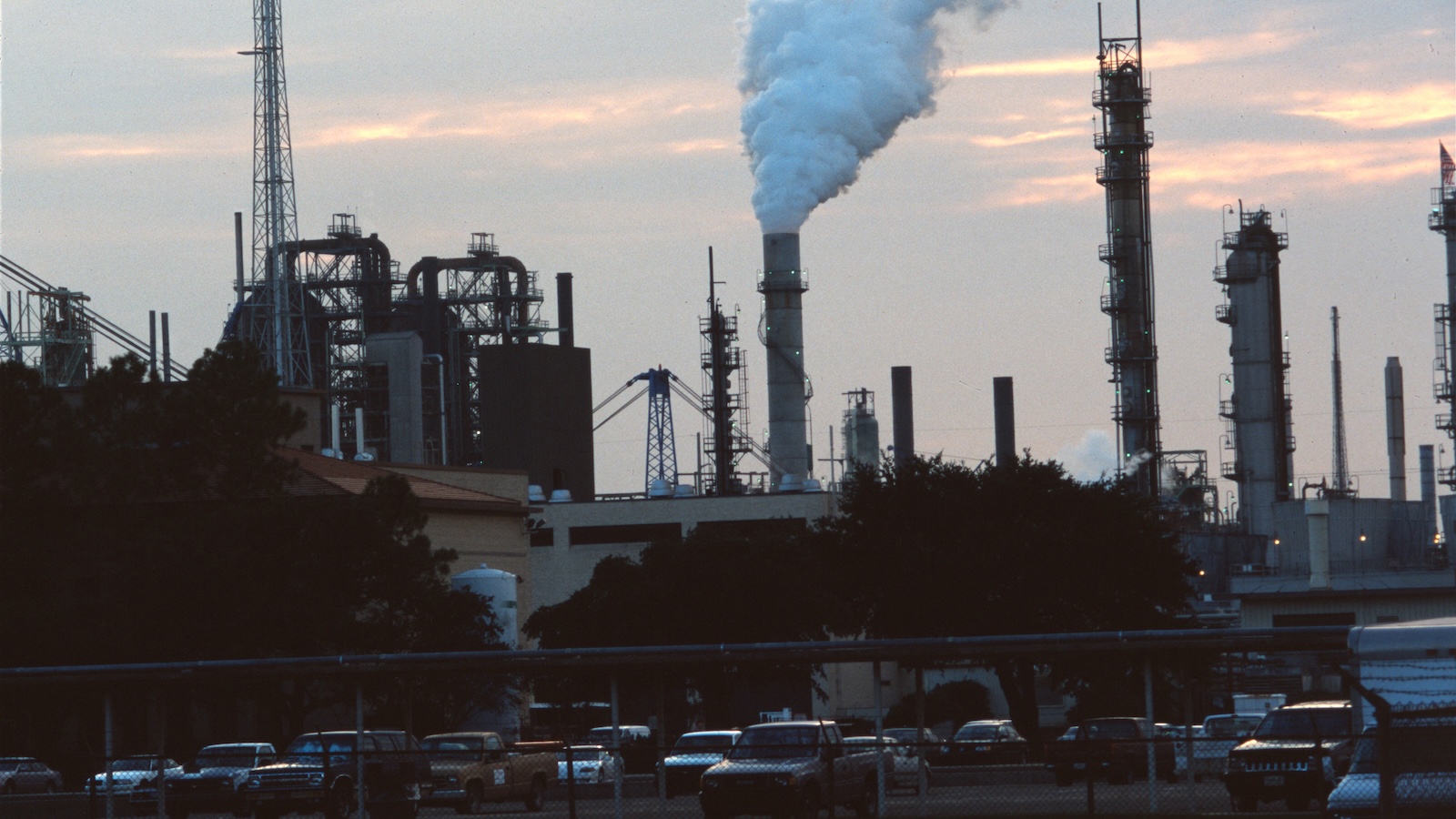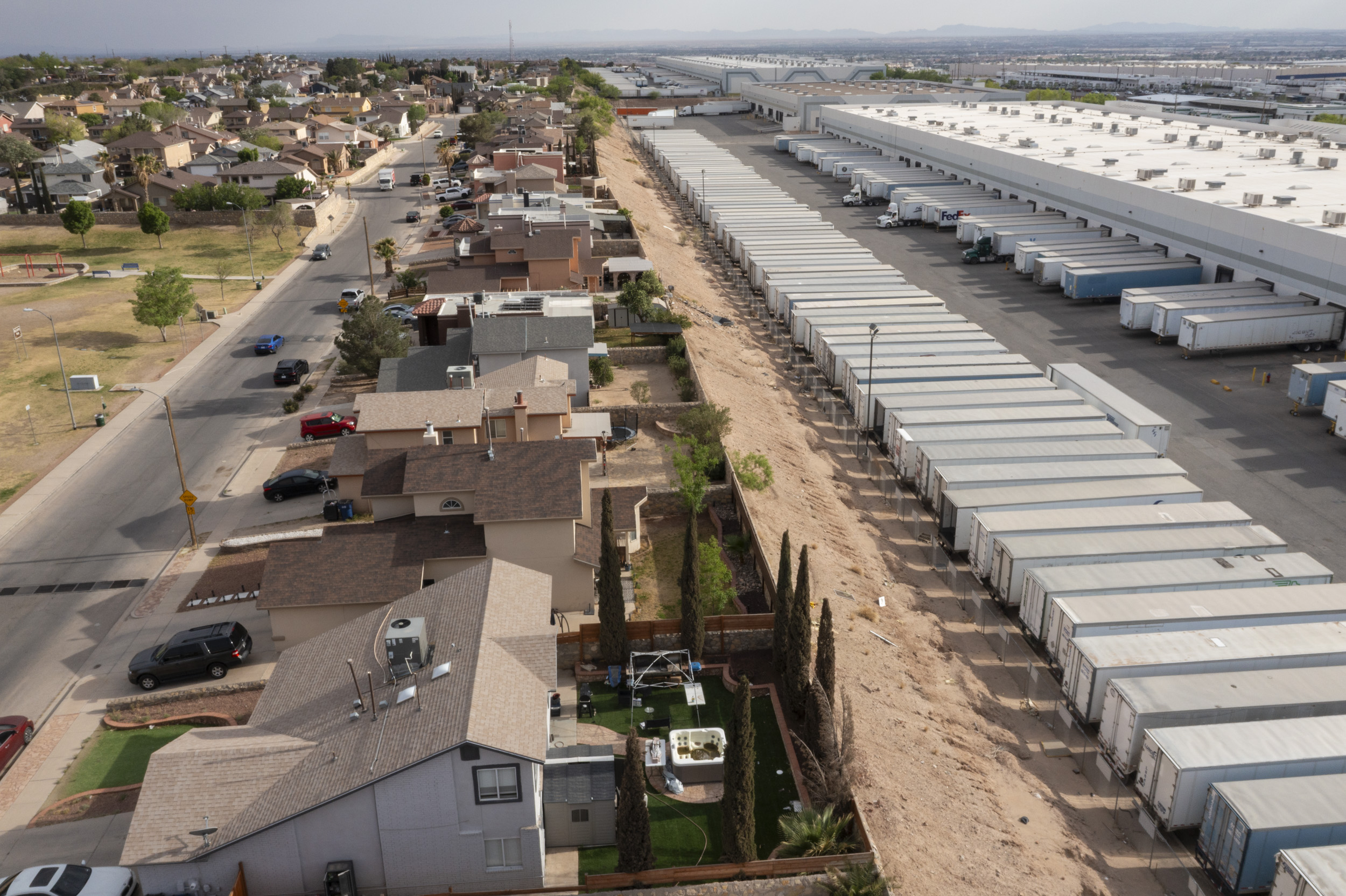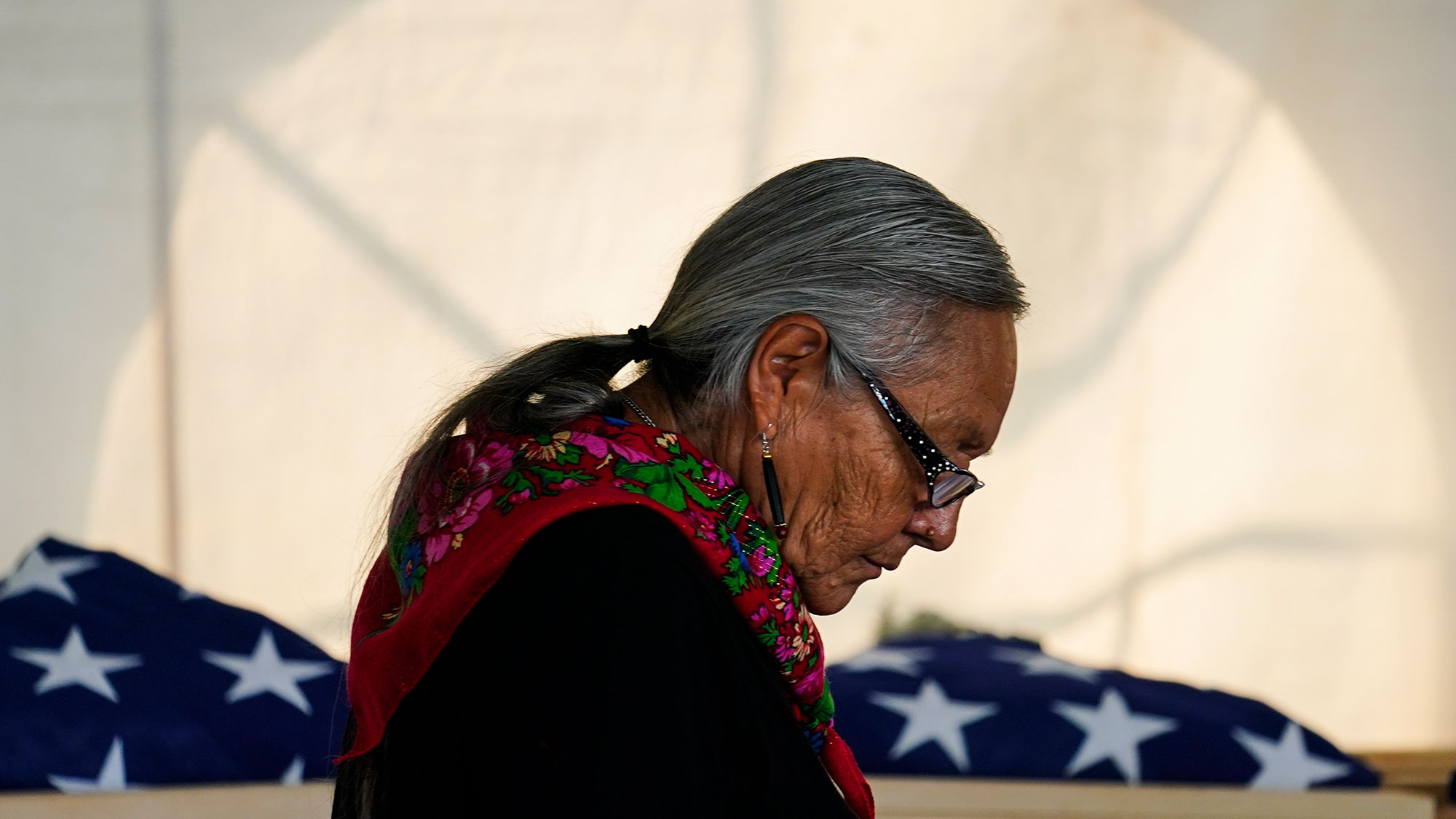Now Reading: ‘Chilling and dangerous’: Grassroots groups sue over Louisiana law that censors air quality data
-
01
‘Chilling and dangerous’: Grassroots groups sue over Louisiana law that censors air quality data
‘Chilling and dangerous’: Grassroots groups sue over Louisiana law that censors air quality data

For several years, Amy Stelly has been partnering with the Louisiana State University School of Public Health in New Orleans to monitor air quality next to the Claiborne Expressway, a busy highway that runs northwest of the city’s iconic French Quarter.
At a community meeting in April, Stelly, who runs an organization called the Claiborne Avenue Alliance Design Studio, was excited to unveil some of this data in a new interactive tool on the alliance’s website. People would be able to see hot spots for particulate matter — a pollutant generated by heavy traffic and associated with health risks like heart attacks and aggravated asthma — near their homes, schools, and workplaces. The data would support her push for the expressway’s removal and could be used by other neighborhood groups to advocate against highway expansion.
But the data on her website was short-lived. Stelly had her webmaster remove it soon after the community meeting. She had gotten wind of a 2024 state law that made it illegal to share air pollution data generated from technologies not approved by the Environmental Protection Agency. Violations could incur hefty fines of up to $32,500 a day, with violations done “intentionally, willfully, or knowingly” racking up an additional $1 million.
“It just didn’t make sense to do a big push, given the fact that we were violating the law by even having a meeting,” Stelly said. “I can’t afford $32,500 a day. I don’t have that, nor do I have the million dollars. So it just seemed more prudent to remain quiet for a while.”
The Claiborne Avenue Alliance is part of a coalition of neighborhood and environmental groups that sued Louisiana regulators last week over the state’s Community Air Monitoring Reliability Act, or CAMRA. The 2024 law was ostensibly meant to standardize community-based air monitoring programs throughout Louisiana, many of which had recently expanded thanks to funding from the 2022 Inflation Reduction Act. But the community groups — including The Concerned Citizens of St. John; The Descendants Project; Jefferson, Orleans, Irish Channel Neighbors for Clean Air; Micah 6:8 Mission; and Rise St. James; along with the Claiborne Avenue Alliance Design Studio — said the law is a de facto ban on the dissemination of their research and a violation of their First Amendment rights to free speech.
“It’s pretty mind-boggling,” Stelly said.
CAMRA was backed by petrochemical industry trade associations. It essentially says that if community groups want to monitor air pollution and share their data with the public, they have to use “an [EPA]-approved or promulgated emission test or monitoring method,” based on the pollutant being monitored. CAMRA’s requirements only apply to monitoring “for the purpose of alleging violations or noncompliance” with federal, state, or local air quality laws. In other words, they only kick in for community groups trying to identify illegal levels of air pollution.
 criteria air pollutants” (carbon monoxide, lead, nitrogen dioxide, ozone, particulate matter, and sulfur dioxide), 188 federally regulated “hazardous air pollutants,” and 14 “toxic air pollutants” regulated by the Louisiana Department of Environmental Quality.
criteria air pollutants” (carbon monoxide, lead, nitrogen dioxide, ozone, particulate matter, and sulfur dioxide), 188 federally regulated “hazardous air pollutants,” and 14 “toxic air pollutants” regulated by the Louisiana Department of Environmental Quality.
According to a Louisiana DEQ study from earlier this year, regulatory-grade monitors for these pollutants costs more than $791,000 each, plus up to $200,000 more for annual maintenance and operations. Those prohibitive costs are, in a way, the reason community air monitoring programs exist in the first place. By using less expensive equipment, they’re able to deploy air monitors in places that would otherwise not be covered by the EPA’s reference monitors and the 27 air monitoring sites within the National Air Toxics Trends Station Network.
“There is no need for these groups to spend $60,000, $80,000, $100,000 on equipment when in fact there is equipment that, for $200 or less, will give you perfectly adequate results for you to be able to tell your community, your family, whether or not the air they’re breathing is safe,” said David Bookbinder, director of law and policy at the nonprofit Environmental Integrity Project, at a press conference last week.
Cynthia Roberts, executive director of the nonprofit Micah 6:8 Mission — one of the groups that brought the lawsuit — told reporters that CAMRA “is not about protecting public health or ensuring good science. It’s about silencing communities like mine.” She said her organization’s air monitors near a Westlake Chemical complex in Sulphur, Louisiana, have frequently shown particulate matter concentrations higher than what the EPA considers unhealthy. Roberts used to post this information on Facebook. But now, she said, “simply posting that kind of data could cost us $32,500 per day.”
“That’s not just chilling,” she added. “That’s censorship, and it’s dangerous.”
None of the community groups that brought the lawsuit has been fined since CAMRA was enacted last year, but their leaders say the law has obstructed their work. Caitlion Hunter, research and policy coordinator for Rise St. James, said community air monitoring has been critical along the 85-mile stretch of the Mississippi River dubbed “Cancer Alley” due to its density of petrochemical facilities and elevated cancer rate. People rely on her organization’s data, she said, because federal regulators have failed to monitor for ethylene oxide, a human carcinogen. Joy Banner, who co-directs The Descendants Project, said she “put a pause” on a planned program to publicize data from her nonprofit’s air quality monitors in St. John the Baptist Parish, in the heart of Cancer Alley.
CAMRA is “scaring us away from being able to share the data with our community members who need it the most,” Banner said at the press conference.
Nandan Joshi, an attorney with the Public Citizen Litigation Group, which is representing the community groups alongside the Environmental Integrity Project, told Grist that CAMRA violates Louisianans’ First Amendment rights to free speech in three ways: First, it seeks to broadly regulate any “allegations” made against polluters — even if those allegations are made in an informal context, rather than in court. Second, it includes a provision requiring “quality assurance certifications” to be published alongside certain air pollution analyses, even though it doesn’t say what those certifications are. And third, it requires that any air pollution-related communications come with “clear explanations” of the data interpretation and any relevant uncertainties. Joshi described this as compelled speech — an “obvious” First Amendment violation — and said it wasn’t clear what the regulators would consider to be a sufficient explanation.
“It’s rare these days to see something so directly regulating speech,” Joshi said. The West Virginia House of Delegates passed a similar bill last year, but it died in the state senate. A law passed earlier this year in Kentucky limits community air monitoring data in rulemaking, but does not attempt to stymie the public sharing of that data.
The Louisiana community groups’ lawsuit also argues that CAMRA violates their First Amendment “right to petition” — to use their air monitoring data when asking the Department of Environmental Quality or the EPA to step in when clean air laws have been violated. A third claim says CAMRA is in conflict with the Clean Air Act and the EPA’s efforts under the Inflation Reduction Act to promote the use of community air sensors. The plaintiffs want the Louisiana Department of Environmental Quality and the state attorney general’s office to be barred from enforcing CAMRA.
The Louisiana Department of Environmental Quality declined to comment. The state’s attorney general, Liz Murrill, told Grist, “I’m not sure how regulating community air monitoring programs ‘violates their constitutional rights.’ But we’ll defend the lawsuit.”
Stelly, with the Claiborne Avenue Alliance Design Studio, said she and her colleagues have found themselves in a confounding situation. In many cases, they obtained air sensors through EPA grants — but now they’re being told that those sensors are insufficient. For Stelly specifically, her grant and partnership with Louisiana State University will eventually require her to submit a written report on the data she’s collected, even though CAMRA suggests such a report could be illegal.
CAMRA “will force us into a position of noncompliance if we cannot provide that written report with that data,” she said. “It’s very weird.”
























